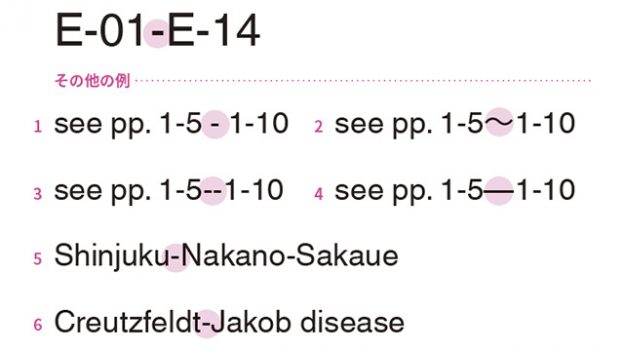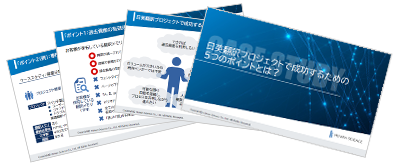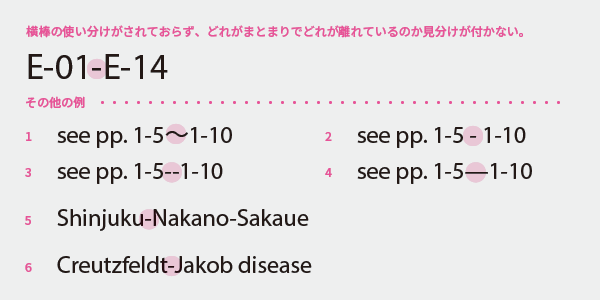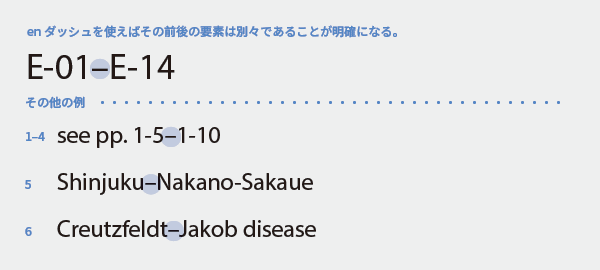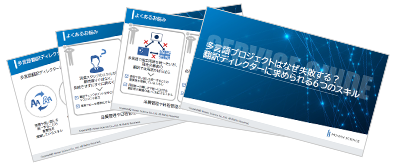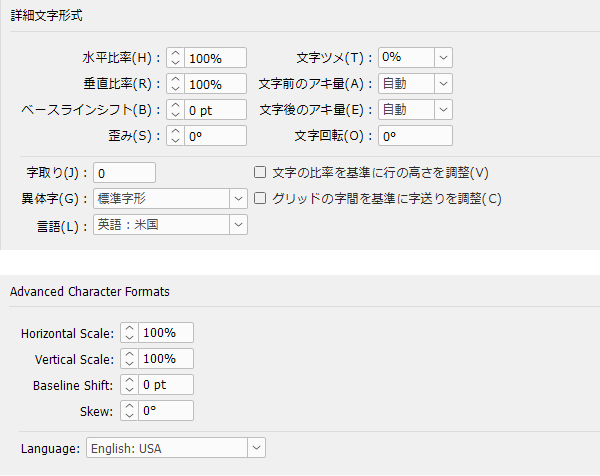What do you think of this layout?

There are no issues with the signboards for Japanese people. However, foreign visitors who rely on station numbering may be momentarily confused. There is room for improvement in this layout, but how should it be modified and in what way?
>>Translation Services from Human Science, a Localization Company
>>Related Download Materials: Nine Cases of Machine Translation Errors and Post-Editing & Post-Editing Checklist
Dashes for indicating range or duration
When representing ranges such as dates, times, locations, and numbers, use an en dash (–) without spaces. The en dash is slightly longer than a hyphen and serves a different purpose, so it must be distinguished. Even if a different symbol is used in the text manuscript, it is necessary to replace it with the correct dash during typesetting instead of leaving it as is.
Other examples:
1 The wave dash ( ~ ) is a symbol used in Japanese, so it is not used in Western languages.
2 Is putting spaces before and after a hyphen a remnant from the typewriter era when dashes couldn't be typed?
3 This is also a remnant of the typewriter era, but using two hyphens results in a replacement with an em dash, which is a double mistake.
4 is a symbol known as an em dash, which has a different role. English does not use the em dash in this context.
All of these are inappropriate, and replacing them with an en dash is appropriate. Connecting multiple elements with a hyphen makes them a single unit, but connecting them with an en dash makes it clear that they are separate items.
5 If a foreigner unfamiliar with Tokyo place names sees this, it is unclear whether it refers to a long station name "Shinjuku Nakano Sakaue" or the three stations "Shinjuku - Nakano - Sakaue." By presenting it as suggested, it clearly conveys that it is between Shinjuku and Nakano Sakaue.
6 Similarly for names, if connected with a hyphen, it refers to one person named Kreutzfeldt-Jakob, while if connected with an en dash, it refers to two individuals, Kreutzfeldt and Jakob, which is the correct interpretation for the disease name. Of course, the latter is the correct answer.
In fact, if numbers and place names are connected by some kind of horizontal line, I think people can infer the meaning from the context, but there is still room for misunderstanding. By using symbols accurately, the distinction between "cohesion" and "separation" can be immediately recognized, eliminating any possibility of misunderstanding. Just a little consideration for typesetting can change how the message is conveyed.
Other than English
Western languages generally use the en dash like English, but there are languages that do not. Instead of indiscriminately standardizing to English, let's use appropriate symbols for each language. While the wave dash is often used in Japanese, it is not uncommon to use the full-width dash (—) or the en dash (–).
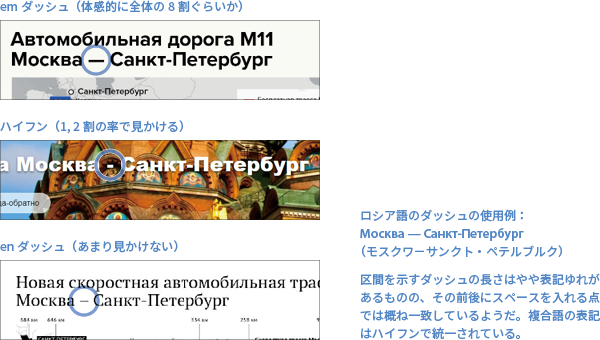
In Russian, the distinction between dashes seems ambiguous; the most commonly seen is the em dash (with spaces before and after), but hyphens and en dashes are also frequently encountered. This is not limited to the Russian language, as there are often languages where the typesetting rules are not clear, or even if there are some rules, they are lenient and the correct usage is not well-defined. In such cases, it is best to accept that consistency within a single piece of work is sufficient.
Dashes for Breaking the Flow of Text
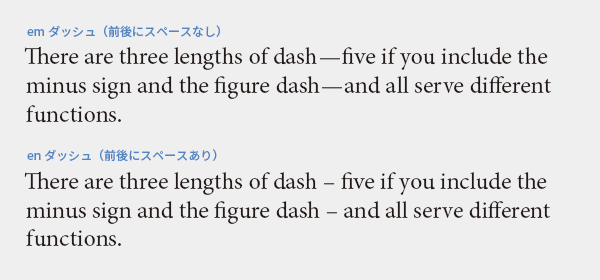
Dashes are also used when you want to break the flow of a sentence or take a brief pause. The common usage is to use an em dash (–) without spaces on either side, or an en dash with spaces on both sides.
Bullet Point Dash
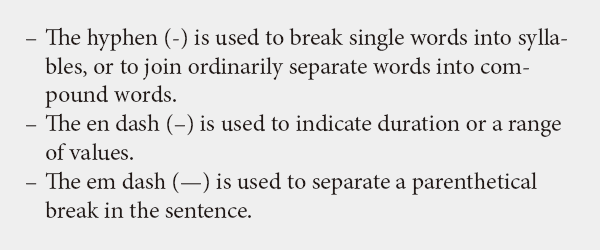
I think bullet points often use bullets (•), but you can also use en dashes. Occasionally, I see bullet points using hyphens, but they are short and not very noticeable, so I recommend using dashes that are easily recognizable at a glance.
Main Reference Materials
Butterick's Practical Typography (
https://practicaltypography.com/hyphens-and-dashes.html)
Nigel French, InDesign Type: Professional Typography with Adobe InDesign (3rd edition), 2014
Akira Kobayashi, "Western Typeface: Its Background and Usage," Bijutsu Shuppansha, 2005
>>Translation Services from Human Science, a Localization Company
>>Related Download Materials: Nine Cases of Machine Translation Errors and Post-Editing & Post-Editing Checklist


